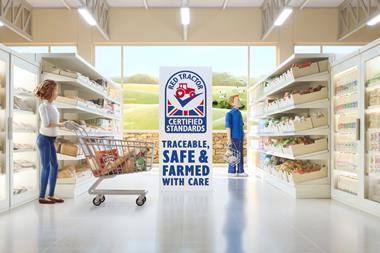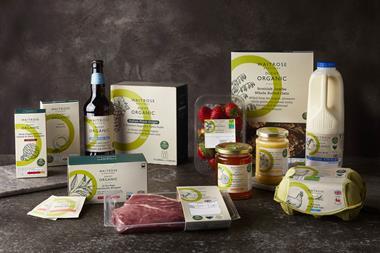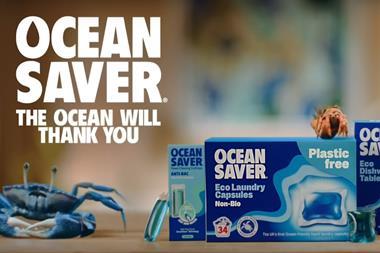New products and formulations are increasingly under the spotlight as consumer focus on sustainability continues to build. This means sustainable product development must become a wider business decision, and no longer solely the domain of R&D departments.
Additionally, sustainability is not a binary issue. One aspect of this is avoiding the tendency for a single green theme to monopolise attention and resources, such as packaging. Historically, packaging has dominated the sustainability agenda, however, the whole value chain must be analysed – from raw materials and ingredients to production, consumption, and end-of-life processes.
It is suggested fmcg focuses on three areas: performance, ingredients and regulations.
Consumers have standards that products need to meet. Defining what good looks like, and identifying where compromise may be acceptable, is a useful exercise. In some cases, sensory experience holds a near equal weighting to efficacy.
Understanding this can help shape design decisions, resulting in products that continue to delight consumers even if certain performance factors are altered due to a change of ingredients or formulation.
Evaluation at point-of-use also plays a critical role in the development of sustainable solutions. This encompasses any additional elements required for consumers to activate or use the product.
More careful thought about ingredients needed
An objective approach to ingredient selection ensures products meet consumer needs while, vitally, improving on sustainability.
Natural and synthetic ingredients alike must be subject to a thorough evaluation that encompasses sourcing, processing, stability, functional properties, and environmental fate.
Detailed evaluation of synthetic ingredients involves looking at their building blocks, the energy and water used in their formation, and whether they are readily available.
In contrast, to evaluate the sourcing of natural ingredients, it’s useful to calculate how much resource is needed to produce a defined quantity. With plant-derived ingredients, for instance, it’s important to understand the space and water requirements for cultivation, use of herbicides and pesticides, and the impact all these factors have on the environment and biodiversity.
The regulatory landscape for sustainability is developing fast, bringing implications for products and their ingredients. Evolving – and often conflicting – regulatory requirements are at play in most supply chains.
Managing tensions between performance and regulations
The European Commission’s Safe and Sustainable by Design framework seeks to make a profound impact on the composition of products sold in the region, whilst in the US, green and sustainable chemistry is the core focus.
In addition to regulations, companies must be aware of restrictions and requirements related to environmental claims. This is a volatile area, with authorities mounting efforts to address greenwashing and check the authenticity of claims.
Packaging has of course been under the spotlight, with plastic pollution as a focal point in global restrictions. Whilst concern has been building for some time, recent regulations encouraging reuse are accelerating change, forcing innovation and the need for engagement. For instance, local government-enforced plans such as refillable models in France and single-use plastic bans in Japan are fuelling the need for innovative business models and materials.
The objective of sustainable design is to find and address synergies to deliver on cost, performance and sustainability.
Evaluating and managing tensions between performance, ingredients, and regulations is critical in consumer goods.
Whilst it is important not to centre the attention of R&D to only one aspect of sustainability, focusing on synergies between consumer needs and sustainable innovation delivers value to both consumers and the business.




















No comments yet